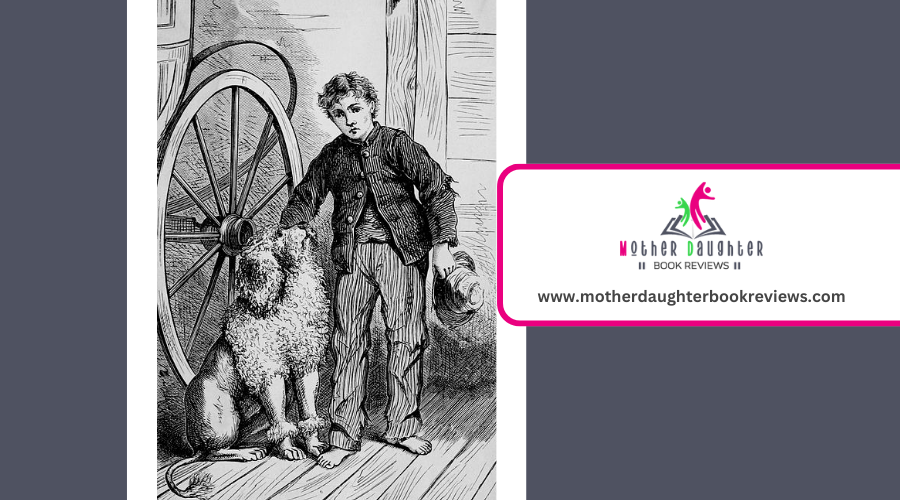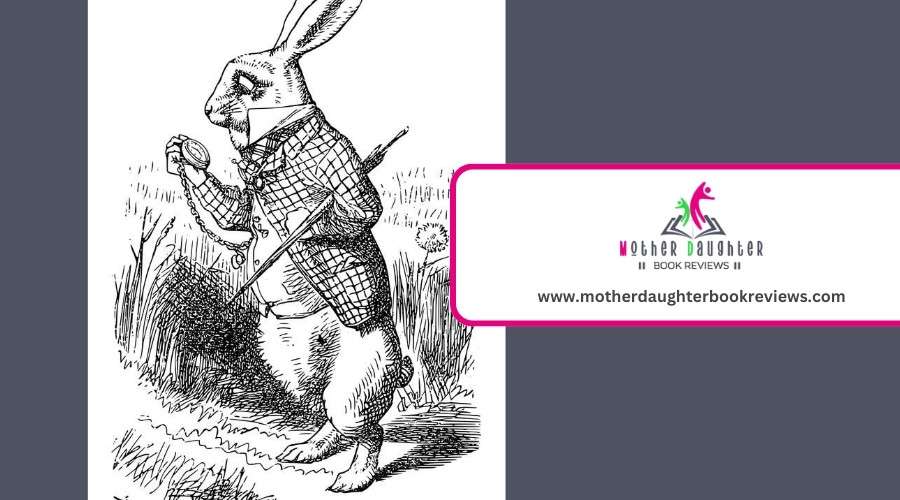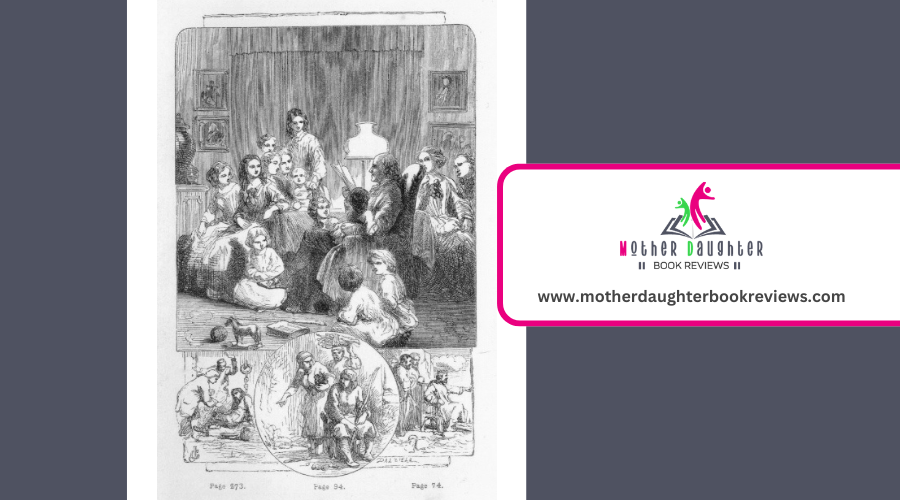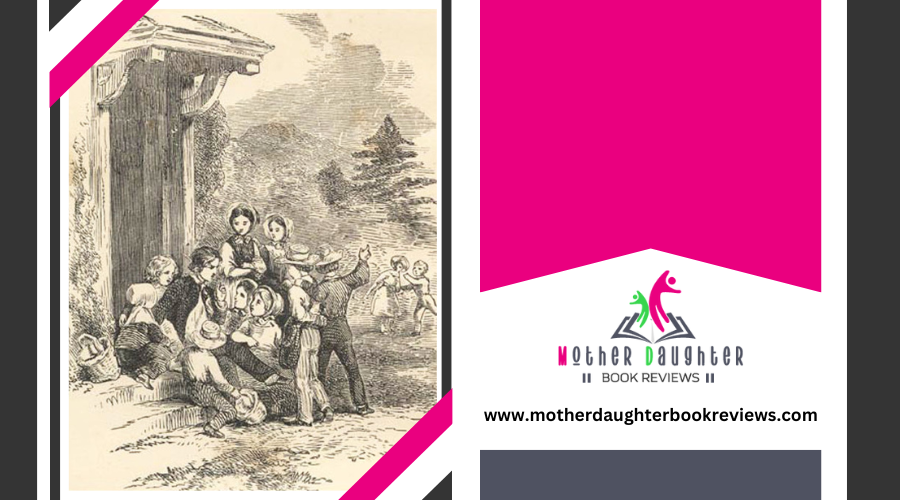How Do Classic Tales Showcase Chivalry and Heroism?
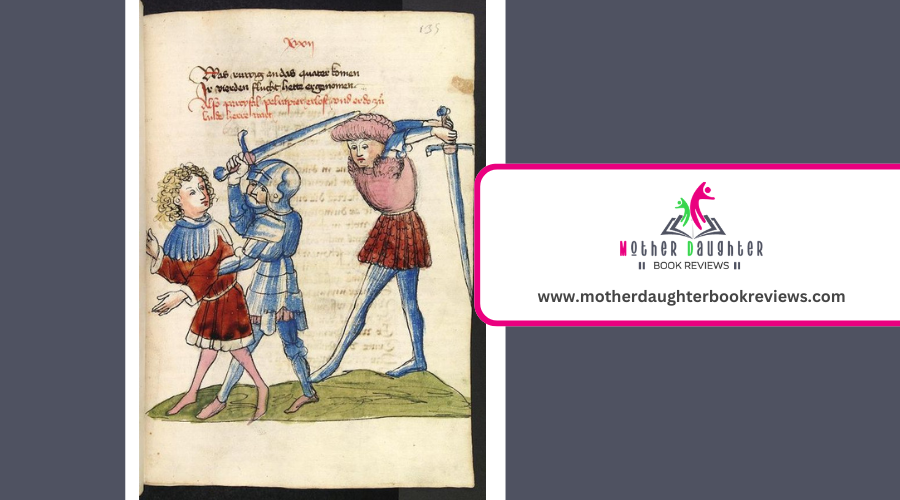
Classic tales like "Sir Gawain and the Green Knight" and "Parzival" shine a light on chivalry and heroism through their protagonists' brave quests and moral challenges. You'll see Sir Gawain embody honor by risking his life to keep a promise and striving to uphold his knightly virtues, even amid personal fears and temptations. Meanwhile, Parzival's expedition for the Holy Grail isn't just about a physical quest but achieving inner growth and maintaining his moral compass despite numerous trials.
The Essence of Chivalry
As you explore classic tales like "Sir Gawain and the Green Knight" and "Parzival," you'll notice that these stories highlight the knightly virtues crucial to a true chivalric knight. Courage isn't just about facing physical dangers but also about standing up for what's right, even when it's difficult. Honor involves keeping your promises, acting with integrity, and showing respect to others, regardless of whether they're friends or foes.
In these tales, romantic ideals also play a significant role. They aren't merely about love and courtship; they embody a broader sense of loyalty and devotion. For example, Sir Gawain's expedition to fulfill his promise to the Green Knight isn't just a test of bravery but also a demonstration of his unwavering commitment to his word. Likewise, Parzival's pursuit for the Holy Grail is driven by a profound sense of duty and a desire to achieve a higher moral and spiritual status.
Heroic Quests and Trials
View this post on Instagram
When faced with dire circumstances, the true measure of a hero's valor comes to light. In classic tales like Sir Gawain and Parzival, these characters exemplify courage under fire and resilience in hardship, revealing what it means to be a true hero. You see Gawain confront the Green Knight's formidable challenge, knowing full well that his life is at stake. His unwavering bravery, despite the looming threat, showcases his courage under fire. Similarly, Parzival's expedition is fraught with trials that test his mettle. From facing fierce battles to overcoming personal doubts, his resilience in hardship is evident. You witness Parzival's growth as he learns to balance his quest for glory with the wisdom that comes from suffering and perseverance. These stories remind you that true valor isn't the absence of fear but the ability to push through it. Honor and integrity form the bedrock of classic tales of chivalry and heroism. When you immerse yourself in stories like Sir Gawain and the Green Knight or Parzival, you see that these characters are driven by a deep sense of moral duty. Their actions reflect a commitment to noble sacrifice and virtuous conduct, which are central to the chivalric code they uphold. In Sir Gawain and the Green Knight, Gawain's odyssey is a reflection of his honor. He accepts the Green Knight's challenge, knowing it could lead to his death, yet he persists because it represents a noble sacrifice for the greater good. His integrity shines through even when he faces temptations and moral dilemmas. You can see that Gawain's decisions are guided by a steadfast commitment to his principles. Similarly, Parzival's quest revolves around his pursuit of spiritual enlightenment and personal growth. He learns that true heroism isn't just about bravery in battle but also about virtuous conduct and understanding one's responsibilities. Parzival's expedition teaches you that honor and integrity are not just ideals but practices that define a true knight. As you investigate these tales of honor and integrity, you'll notice that symbolism plays a significant role in enriching the narrative and deepening your understanding of medieval values. In "Sir Gawain and the Green Knight," for instance, the Green Knight himself is an allegorical motif representing nature, the supernatural, and the challenge to human morality. His green color symbolizes fertility, death, and rebirth, urging you to reflect on the cyclical nature of life. In "Parzival," the Grail serves as a symbol of divine grace and enlightenment, representing the ultimate pursuit for spiritual and moral perfection. As you follow Parzival's expedition, you'll see how he embodies knightly virtues such as courage, humility, and piety. His trials and tribulations aren't merely physical but deeply moral, reflecting the inner struggle every knight faces. When you explore the stories of Sir Gawain and Parzival, you'll notice Arthurian archetypes like the noble knight and the wise king. These legendary figures, including King Arthur, Lancelot, and Merlin, set the standard for characters in medieval literature. The concept of courtly love, central to Arthurian tales, profoundly influenced these narratives. Knights undertook quests not just for glory or duty, but to earn the favor of their beloved. This romantic ideal became a vital element in the narrative structure of many chivalric tales. Arthurian legend also introduced mythical creatures, such as dragons and enchanted animals, enriching the fantastical elements of these stories. The cultural impact of these legends can't be overstated; they reflected and shaped the societal values of their time, promoting ideals of bravery, honor, and loyalty. Many might think tales of chivalry and heroism belong only to the distant past, but their themes still resonate today. You can see the cultural relevance of Sir Gawain and Parzival in modern literature, film, and even video games. These stories aren't just historical artifacts; they're blueprints for understanding bravery, honor, and moral dilemmas in a contemporary context. Contemporary adaptations bring these ancient tales to life in ways that speak directly to today's audience. Think about how movies like "King Arthur: Legend of the Sword" or TV shows like "The Witcher" draw on these medieval legends. They reinterpret the classic themes, making them accessible and engaging for modern viewers. You'll find that the core values—courage, loyalty, and a quest for justice—remain strikingly relevant. Moreover, these adaptations often investigate the gray areas of heroism, reflecting the complexities of our current world. By doing so, they maintain the cultural relevance of these timeless stories while providing fresh perspectives. Delving into classic tales of chivalry and heroism reveals invaluable lessons that transcend time. These stories showcase heroes who put the well-being of others above their own, making decisions that require immense personal risk. In Sir Gawain and the Green Knight, Gawain accepts a challenge that could lead to his death to protect King Arthur and Camelot. His willingness to face the unknown, despite the danger, teaches you that true heroism often involves placing others' needs before your own. This noble sacrifice reflects the essence of chivalric code and the importance of honor and duty. Similarly, in Parzival, the protagonist sets out on a quest that demands selfless bravery. Parzival's expedition is fraught with trials that test his courage and commitment. By pursuing his quest despite numerous hardships, he demonstrates that heroism is not about personal glory but about persevering for a greater cause. Through the brave quests and moral trials of characters like Sir Gawain and Parzival, these stories highlight the importance of upholding virtues even in the face of adversity. The essence of chivalry shines through in their commitment to noble ideals, while their heroic journeys reveal the transformative power of personal sacrifice and integrity.Moral Dilemmas Faced
Valor in Adversity
Honor and Integrity
Symbolism in Medieval Tales
Influence of Arthurian Legend
Modern Resonance
Lessons in Heroism
Conclusion

